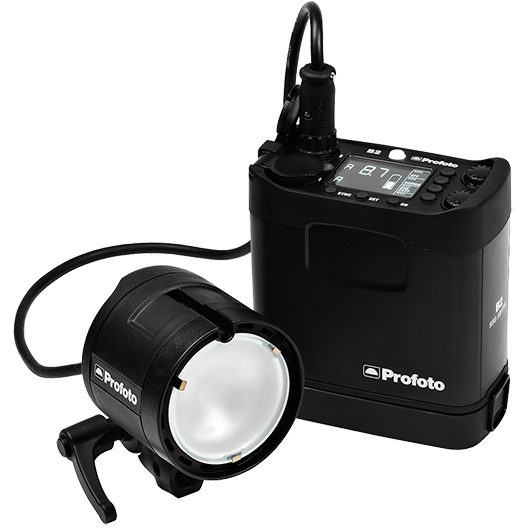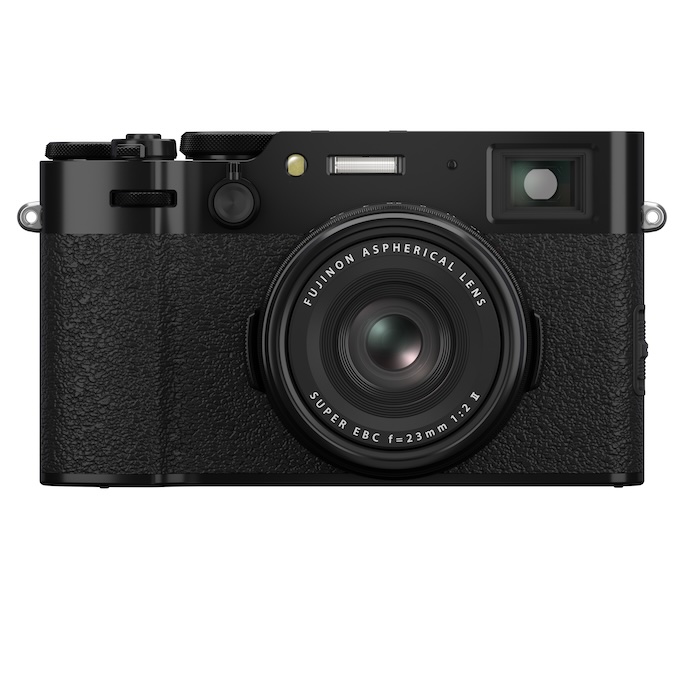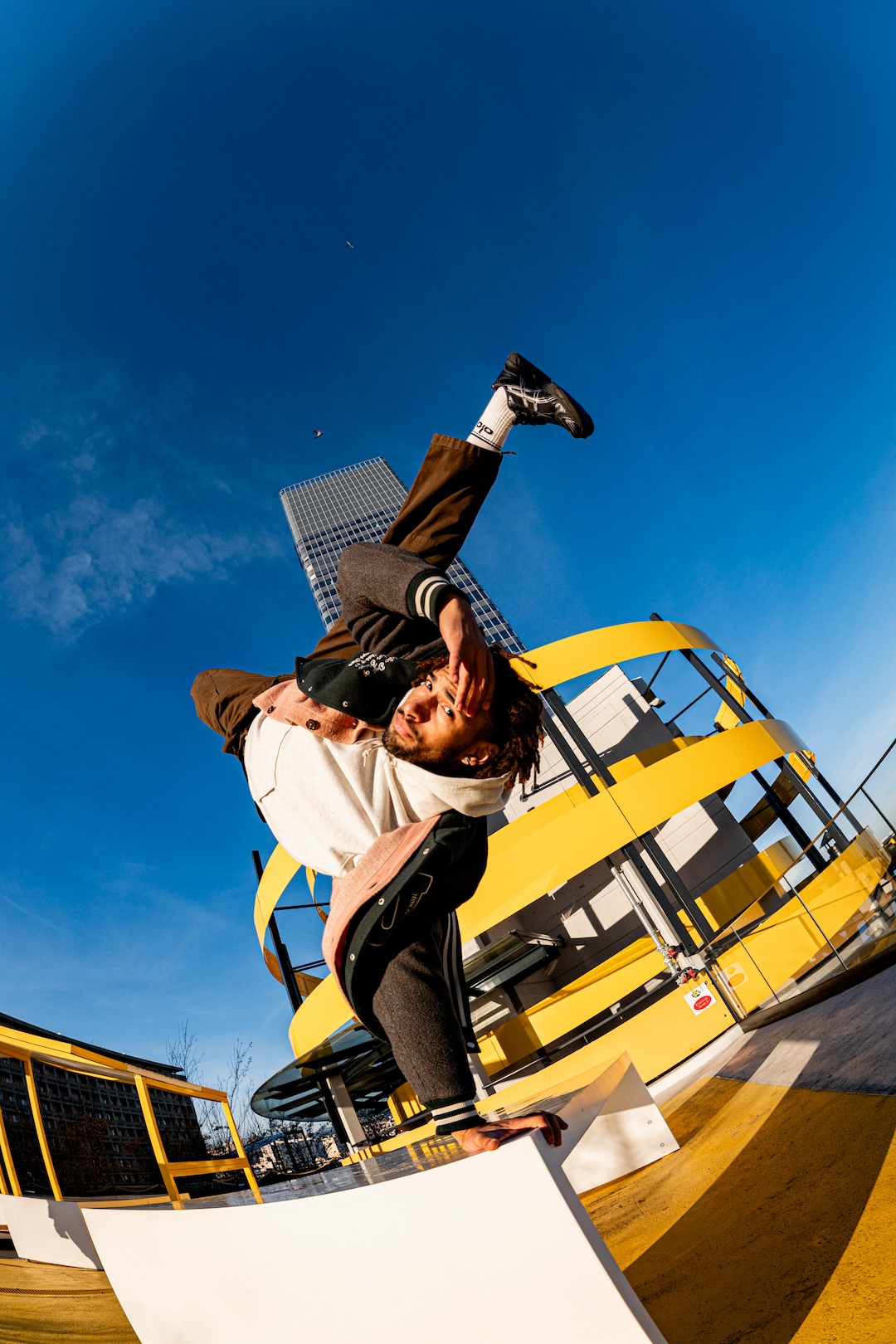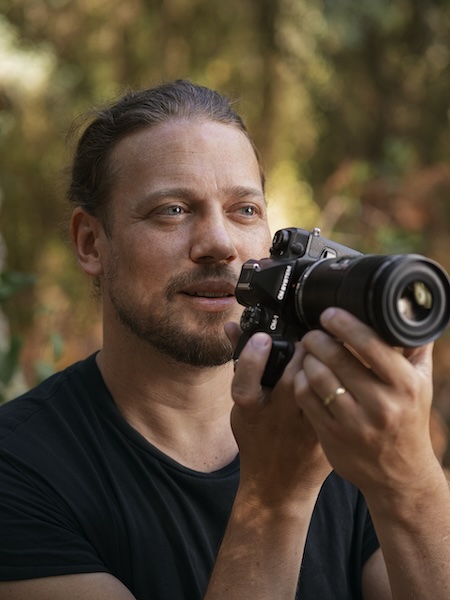Inside the Profoto B2
April 24, 2015
.jpg)
When asked for feedback on the B2, wedding photographer JP Elario admits this image would have been “flat and boring” without it. He adds, “The portability and size of the B2 is what I’ve been looking for to create- that specialty image for my clients with ease.” Photo © JP Elario
Tech journalists have a well-worn cliché we use to describe products that shake up a market. We call them “disruptive.” We think it’s safe to say that Profoto’s B1 earned the moniker in 2013 by bringing an entirely new level of mobility to high-powered flash photography. For its next act, Profoto has doubled down on the promise of greater mobility, delivering a smaller, battery-powered flash, the B2, which can be used on or off camera.
Like the B1, the B2 features TTL metering for Nikon and Canon cameras via Profoto’s Air Remote. Unlike the B1, the B2 requires an external battery pack, a design concession that makes the head small enough to be used as an on-camera flash—like a speed light on steroids. This 250W/s flash offers a recycle time of 1.35 seconds when shooting at full power or as quick as .03 seconds at the lowest power setting. Flash output is adjustable over a range of nine f-stops in 1/10th f-stop increments with flash durations as short as 1/15,000 of a second. High-speed sync is also available up to 1/8000 of a second. There’s a 9W LED modeling light (equivalent to a 50W halogen source) on the flash head as well.
The B2 will be sold in two main configurations. A B2-To-Go Kit will bundle the flash, battery, charger, a location bag and carrying bag for $2,195. A B2 Location Kit features all of the above, plus an extra flash head and battery for $2,995. The Air Remote is sold separately for $395. We partnered with photographer and director David Patiño to give a pair of B2s a trial run.

Design
The industrial design on the B2 flash head is first class. It’s sleek, attractive and well constructed. The head (excluding the stand adapter) weighs 1.5 pounds, while the battery pack with a lithium ion battery inside weighs 2.2 pounds. It’s a very portable package.
If you want to use the B2 as an on-camera flash, you’ll need a bracket as Profoto’s Air Remote will be sitting on your hot shoe. It’s not terribly cumbersome to use the B2 on camera, but it’s not as plug-and-play as your typical speed light. If you don’t already own a flash bracket, you’ll need to tack on that cost to the B2’s price tag.
What We Liked
The B2 is a rock-solid performer, delivering consistent output at all power settings. Patiño used it on a total of six jobs totaling over 3,000 frames, and told us the experience was “flawless.” The battery was a marathon performer. Patiño shot a 4-hour headshot session between f/2.8 and f/3.2 and didn’t drain the battery. At full power, Profoto claims you’ll enjoy 215 flashes or up to 90 minutes of continuous modeling light. It takes about 45 minutes to recharge a completely drained battery.
For a large group portrait in a conference room, Patiño was originally set to use a pair of 800W monolights, but they failed on him (we’ll spare you the gory details). He had been using the B2s for individual headshots in smaller spaces, so he turned to them in the pinch, bouncing the flashes off a white drop ceiling at a 45-degree angle. “It wasn’t a remotely ideal situation,” he says, but the B2s enabled him to shoot at f/11 at ISO 800 while maintaining sharpness front to back.
.jpg)
The B2 works with Profoto’s existing range of modifiers but there are several new ones designed for the B2 that easily snap into place. Speaking of easy, we were also impressed with how easy the system is to operate. Even if you’re not intimately familiar with the B1, the D1 or the Air Remote, you’ll be up and shooting quickly. The battery pack features a display for viewing and adjusting power settings and checking battery status; it proved very intuitive to operate.
What We Didn’t Like
The B2 will set you back $2,195, or about the same as the twice-as-powerful B1 monolight. That’s a hefty price tag, especially when you consider that other needed accessories—like the Air Remote and a bracket—aren’t included. If you’re just starting into the Profoto system, your entry costs are fairly steep. Also, the battery used in the B2 generator is different than the removable battery on the B1. We understand why this was done—for one thing, it keeps the B2’s battery pack nice and small—but it also means that B1 owners adopting the B2 will have a second set of batteries to purchase and keep track of.
How it Compares
The B2 competes with battery-powered flashes like Elinchrom’s Quadra and Quantum’s Qflash, which function in a similar dual-role off or on camera. The B2 is slightly heavier but more powerful and faster than most of the models in the Qflash lineup. The B2 is also more expensive than the Qflash, which can be bundled with the CoPilot Wireless TTL flash controller (Canon or Nikon varieties) for less than the cost of an entry-level B2 kit without an Air Remote. Stacked next to the Quadra, the B2 battery is lighter, though not as powerful. On the flip side, you’ll be able to exercise far greater control over the B2’s output than the Quadra, and enjoy faster recycle times—and the Quadra lacks TTL. Price-wise, the B2 again commands a premium, albeit a smaller one than compared with the Quantum.
Profoto is lightyears ahead of the competition when it comes to building products that look as good as they operate. Taken together with the B1, the B2 broadens Profoto’s ability to bring high-powered strobe lighting to the field in a very compelling fashion.
Related Links
8 Tips for Illuminating Cinematography




